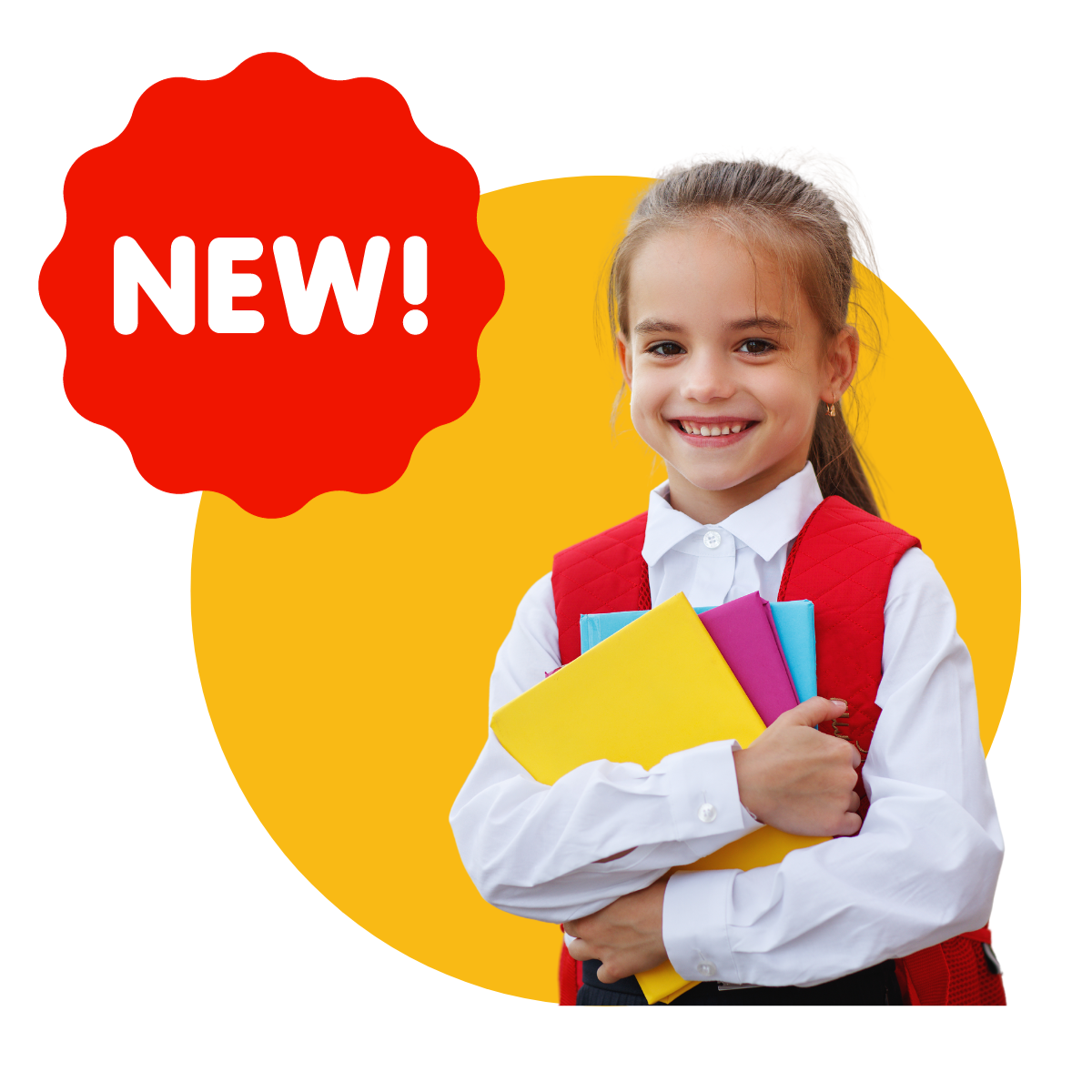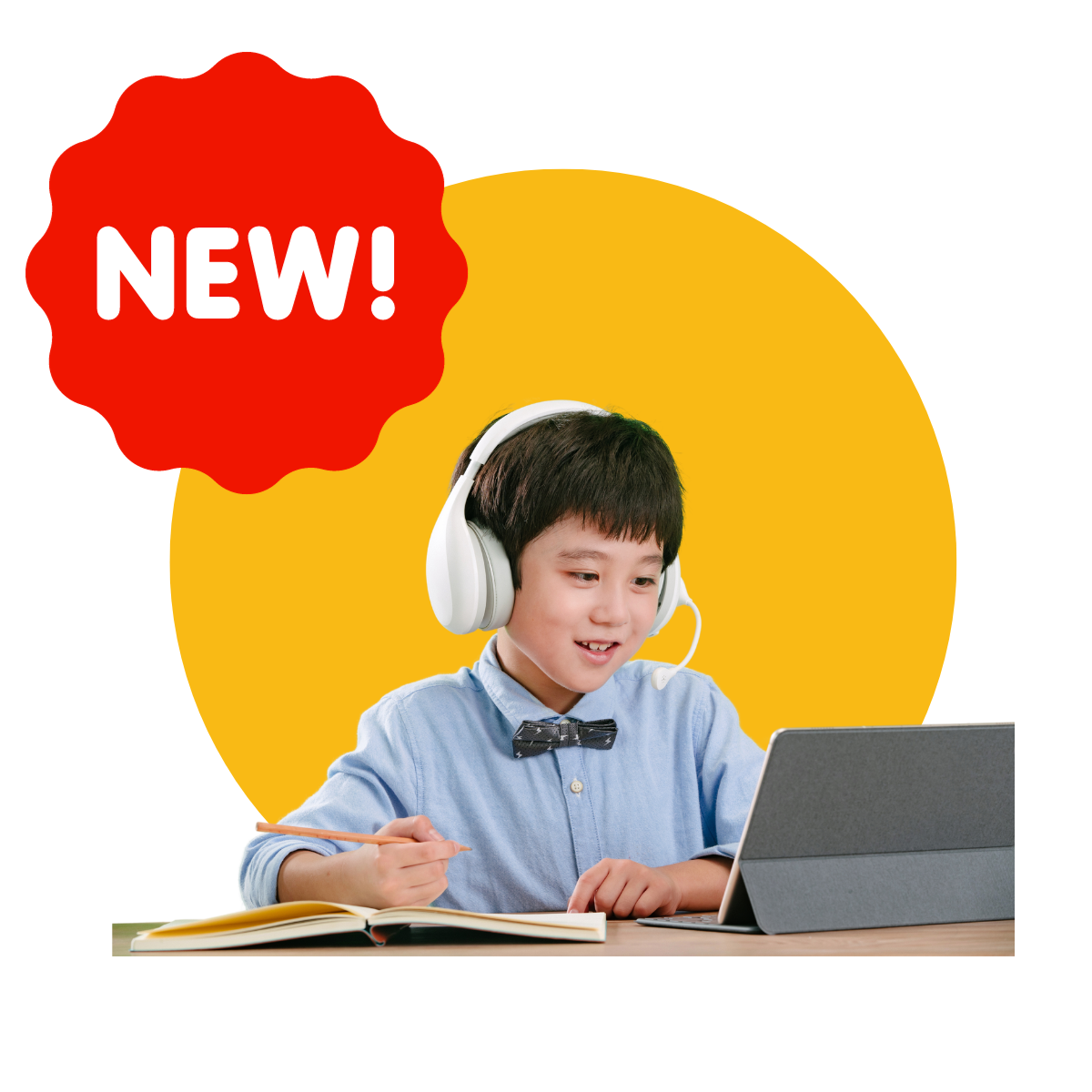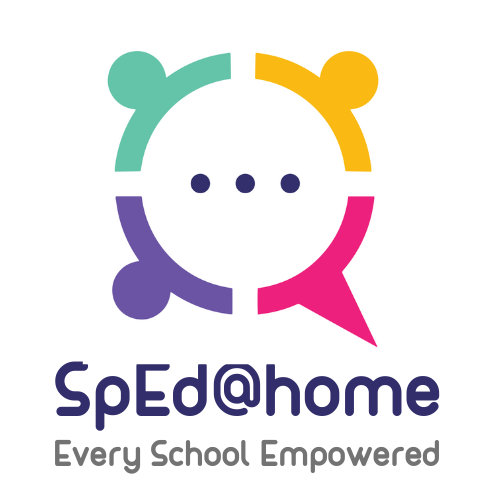As India embraces the Sustainable Development Goals 2030, enhancing the quality of education has emerged as a paramount objective. Among the key goals is the pursuit of excellence in school education, a pivotal element in achieving global standards. To attain this aspiration, comprehensive strategies are being developed to uplift the quality of school education throughout the country.
Contact our team to help your institution become SQAA ready!
In recognition of the critical need for improvement, the focus is shifting towards the performance and advancement of schools. Consequently, there arises a pressing demand for the development of a comprehensive school evaluation system. In alignment with this vision, the Central Board of Secondary Education (CBSE) has introduced the ‘School Quality Assessment and Assurance’ framework. This initiative is designed to monitor specified outcomes at all levels and across all facets of school education, thereby empowering educators, administrators, and all stakeholders involved in the educational ecosystem to glean insights and elevate their practices.
The Essence of School Quality Assessment and Assurance (SQAA)
School Quality Assessment and Assurance (SQAA) embodies the CBSE’s commitment to establish global standards for schools under its affiliation. The aim is to define a set of benchmarks and best practices that individual institutions can strive for, ultimately enhancing the quality of education imparted to students. SQAA serves multiple purposes, including quality enhancement, recognition of excellence, accountability promotion, and benchmarking schools across a spectrum of assessment descriptors and indicators.
Furthermore, SQAA encapsulates the distinct ethos of each institution. Whether it’s a school excelling in sports, integrating cutting-edge technology in teaching, boasting state-of-the-art infrastructure, fostering innovation in pedagogy, actively engaging with the community, promoting social inclusiveness and equity, or achieving excellence in science and technology, SQAA acknowledges and celebrates these unique qualities. This recognition empowers students and parents, offering them choices that align with their specific preferences and aspirations.
Key Characteristics of SQAA
The School Quality Assurance Assessment (SQAA) exhibits several key characteristics that make it a practical and credible tool:
1. Implementability: SQAA is designed to be easily implemented across various educational settings, making it accessible to a wide range of institutions.
2. Transparency: The framework is transparent in its assessment processes, ensuring that institutions understand how their quality is being evaluated.
3. Objectivity: SQAA maintains a clear and objective evaluation process, minimizing subjectivity and bias.
4. Credibility: The SQAA process carries a high level of credibility, providing valuable insights that institutions can use to enhance their educational practices.
5. Acceptability: It is widely accepted within the educational community, making it a trusted standard for assessing school quality.
A Path to Improvement
Importantly, SQAA is not intended to rank schools but rather to establish a baseline of acceptable quality for all assessed institutions. It recognizes the unique mission and characteristics of each school while holding them to a common standard of excellence.
Assessment serves as a valuable means for schools to identify their strengths and weaknesses in educational practices and institutional effectiveness. It allows them to visualize their distinctive features and areas that warrant further improvement. Ultimately, SQAA paves the way for schools to embark on a journey of continuous enhancement, ensuring that the quality of education remains at the forefront of India’s educational landscape.
Yoga has become increasingly recognized as a valuable practice for individuals of all ages, including children and adolescents. Integrating yoga into school curricula offers numerous benefits that enhance students’ overall well-being and contribute to their academic success. In this article, we will explore the importance of yoga practice at school and how it positively impacts students’ physical health, mental well-being, and academic performance.
First and foremost, incorporating yoga into school routines promotes physical health and fitness. Regular yoga practice helps children improve their flexibility, strength, and coordination. The various yoga postures and movements engage different muscle groups, supporting the development of strong and balanced bodies. Furthermore, practicing yoga at school encourages students to be physically active, combatting sedentary behavior and promoting a healthy lifestyle. By instilling positive exercise habits from an early age, schools contribute to the long-term health and well-being of their students.
Beyond physical health, yoga practice at school also has a significant impact on students’ mental well-being. Yoga incorporates mindfulness and relaxation techniques that help children develop self-awareness and emotional regulation skills. By focusing on the present moment and engaging in deep breathing exercises, students learn to reduce stress, anxiety, and negative emotions. Regular practice of yoga can improve students’ overall mental resilience and promote a positive mindset. This, in turn, creates a conducive learning environment and enhances students’ ability to concentrate, retain information, and engage effectively in their academic pursuits.
Moreover, yoga practice at school fosters a sense of community and connection among students. Group yoga sessions provide an opportunity for students to interact with their peers in a positive and non-competitive environment. Practicing yoga together cultivates a supportive and inclusive atmosphere, strengthening social bonds and promoting empathy and understanding among students. This sense of community contributes to a positive school culture and enhances students’ overall well-being.
Another significant benefit of incorporating yoga into school routines is its impact on students’ academic performance. Research has shown that regular yoga practice can improve cognitive functions, including attention, memory, and problem-solving abilities. By reducing stress and promoting mental clarity, yoga helps students focus better in the classroom, leading to increased productivity and academic success. Furthermore, the relaxation techniques practiced in yoga can improve sleep quality, which is crucial for students’ learning and memory consolidation.
Implementing yoga practice at school also supports students’ holistic development. The practice of yoga encourages self-discipline, patience, and self-reflection. Students learn to set goals, work towards them, and celebrate their achievements. These skills are transferable to various areas of their lives, including academics, personal relationships, and future careers. By nurturing students’ character development, schools contribute to their overall growth and equip them with valuable life skills.
To ensure the effectiveness and safety of yoga practice at school, it is essential to have trained instructors who specialize in teaching yoga to children and adolescents. These instructors can design age-appropriate yoga sessions that cater to the unique needs and abilities of students. They can also adapt the practice for students with diverse physical or cognitive challenges, ensuring inclusivity and accessibility for all.
In conclusion, integrating yoga practice into school routines offers a range of benefits that enhance students’ overall well-being and academic success. Yoga promotes physical health, mental well-being, and cognitive functions. It fosters a sense of community, supports holistic development, and equips students with valuable life skills. By embracing yoga as a regular practice at school, educators and administrators invest in the long-term health, happiness, and academic achievements of their students.
A learning management system (LMS) is a software platform that supports the management, delivery, and tracking of educational content and activities. It provides a centralized hub where instructors can create and organize courses, and learners can access materials, interact with content, and monitor their progress. While an LMS is designed to cater to the general population, it can also be a valuable tool for children with special needs, offering various benefits and support mechanisms.
One of the key advantages of an LMS for children with special needs is its ability to provide personalized learning experiences. An LMS can accommodate individual learning styles and preferences by allowing for customization of content and pacing. For instance, children with cognitive disabilities or learning difficulties may require additional time or alternative approaches to grasp concepts. An LMS can offer adaptive features that adjust the difficulty level, provide extra practice opportunities, or present information in different formats to meet the specific needs of each learner.
Additionally, an LMS can support multisensory learning, which is beneficial for children with special needs. It can incorporate a variety of media elements, such as videos, images, audio recordings, and interactive simulations. By engaging multiple senses, an LMS can enhance comprehension and retention of information. For example, children with visual impairments may rely on audio descriptions or text-to-speech features to access content, while those with hearing impairments can benefit from captions or transcripts.
Moreover, an LMS can foster a structured and organized learning environment, which is particularly beneficial for children with special needs who thrive on routine and predictability. The LMS provides a clear framework for learning, with well-defined modules, lessons, and activities. This structure helps children with executive functioning challenges to better manage their time, break down tasks into manageable steps, and follow a sequential learning progression.
Another advantage of an LMS is its potential for social interaction and collaboration. While children with special needs may face social and communication difficulties, an LMS can offer communication tools such as discussion forums or chat features. These tools provide a safe and controlled environment for students to engage with their peers, ask questions, share ideas, and collaborate on projects. The LMS can also facilitate communication between students, teachers, and parents, fostering a sense of community and support.
Furthermore, an LMS enables continuous assessment and progress tracking. Children with special needs often require ongoing evaluation and individualized support. The LMS can provide mechanisms for frequent assessments, allowing instructors to monitor progress, identify areas of difficulty, and provide timely feedback and intervention. This feature helps tailor instruction to the specific needs of each child, promoting growth and addressing any challenges or gaps in learning.
In summary, a learning management system (LMS) can be a valuable tool for supporting children with special needs in their educational journey. It offers personalized learning experiences, accommodates different learning styles, provides multisensory engagement, fosters structure and organization, promotes social interaction, and enables continuous assessment and tracking. By leveraging the features of an LMS, children with special needs can access a supportive and inclusive learning environment that addresses their unique requirements, enhances their learning outcomes, and empowers them to reach their full potential.
Inclusion is a fundamental aspect of education that ensures every student, regardless of their background or abilities, feels valued and supported. Building an inclusion-ready school requires intentional efforts from all stakeholders. This article provides practical steps to transform your school into an environment that celebrates diversity and promotes equitable learning opportunities for all students.
Foster a Culture of Acceptance
Creating an inclusive school begins with fostering a culture of acceptance, where diversity is celebrated and embraced. Educators should promote open dialogue, encouraging students to share their unique perspectives and experiences. Implement programs that promote empathy, tolerance, and respect for differences. Recognize and address any discriminatory behavior promptly, ensuring that every student feels safe and welcomed within the school community.
Provide Professional Development
Equipping teachers and staff with the necessary knowledge and skills is crucial for building an inclusion-ready school. Offer regular professional development opportunities focused on understanding diverse learning needs, cultural sensitivity, and inclusive teaching practices. These trainings can empower educators to create inclusive classrooms, adapt curriculum materials, and employ differentiated instructional strategies that meet the individual needs of all students.
Implement Universal Design for Learning (UDL)
Universal Design for Learning is an educational framework that emphasizes flexible instructional methods to accommodate diverse learning styles and abilities. Implement UDL principles by providing multiple means of representation, engagement, and expression in the curriculum. This ensures that all students can access and participate in the learning process, regardless of their individual strengths or challenges. Incorporate assistive technologies and tools that support students with disabilities to fully engage in educational activities.
Establish Supportive Structures
Developing supportive structures within the school can help ensure the success of inclusion efforts. Create a student support team, comprising administrators, teachers, counselors, and specialists, to collaborate on individualized plans for students with diverse needs. Foster partnerships with families, involving them in decision-making processes and keeping open lines of communication. Establish a resource center that provides access to materials and supports for students with various abilities and learning styles.
Encourage Collaboration and Peer Interaction
Promote collaborative learning environments where students work together, regardless of their backgrounds or abilities. Encourage peer interaction and cooperation through group projects, cooperative learning activities, and inclusive extracurricular opportunities. This fosters friendships, empathy, and mutual support among students. Implement buddy programs that pair older students with younger ones, fostering a sense of mentorship and creating a supportive network within the school community.
Creating an inclusion-ready school requires a collective effort from educators, administrators, students, and families. By fostering a culture of acceptance, providing professional development, implementing Universal Design for Learning, establishing supportive structures, and encouraging collaboration and peer interaction, schools can create an environment where every student feels valued, respected, and included.
Being a special education teacher is a rewarding yet challenging profession. It requires a unique set of skills and qualities to cater to the diverse needs of students with disabilities. To truly make a positive impact on the lives of these exceptional learners, it is essential for educators to develop effective strategies that promote inclusivity, encourage growth, and facilitate success. This article outlines key principles and practical tips to help aspiring special education teachers become more effective in their roles.
Understanding Individual Needs
The first step towards becoming an effective special education teacher is to develop a deep understanding of individual students’ needs. Each student with a disability is unique, with varying strengths, weaknesses, and learning styles. It is crucial to collaborate with other professionals, such as psychologists, therapists, and parents, to gather comprehensive information about the students’ abilities and challenges. This knowledge will allow teachers to tailor their instructional approaches and create individualized education plans (IEPs) that address specific goals and objectives.
Differentiated Instruction
One of the hallmarks of an effective special education teacher is the ability to employ differentiated instruction techniques. By adapting teaching methods, materials, and assessments, teachers can meet students at their respective developmental levels and learning styles. This approach ensures that every student receives appropriate support, challenging them enough to foster growth without overwhelming them. Utilizing multisensory strategies, incorporating assistive technology, and providing opportunities for hands-on learning can enhance engagement and understanding for students with diverse learning needs.
Creating a Positive Learning Environment
Establishing a positive and inclusive learning environment is vital for the success of special education students. A supportive atmosphere that fosters mutual respect, acceptance, and collaboration promotes emotional well-being and encourages active participation. Special education teachers should strive to create a classroom culture that celebrates diversity and encourages students to embrace their individuality. By implementing behavior management strategies and employing positive reinforcement techniques, teachers can promote positive behavior and mitigate challenges effectively.
Building Strong Relationships
Effective special education teachers understand the importance of building strong relationships with their students, as well as with their families and other professionals involved in their education. By developing rapport, trust, and open lines of communication, teachers can gain insight into students’ lives, interests, and challenges. This knowledge enables them to tailor instruction to individual needs and provide appropriate support. Collaborating with parents, therapists, and other specialists ensures a holistic approach to education, facilitating better outcomes for students with disabilities.
Continuous Professional Development
To be an effective special education teacher, a commitment to continuous professional development is essential. Keeping abreast of the latest research, attending workshops and conferences, and seeking out specialized training opportunities will enhance expertise and knowledge in the field. Engaging in professional learning communities and networking with other special education professionals can provide valuable support, resources, and insights. Staying informed about current legislation and best practices ensures that teachers are equipped to meet the evolving needs of their students effectively.
Becoming an effective special education teacher is a journey that requires dedication, compassion, and a deep understanding of the unique needs of students with disabilities. By embracing individual differences, employing differentiated instruction techniques, and creating a supportive learning environment, educators can unlock the potential of their students and foster their success. Continuous professional development and strong relationships with students, families, and professionals further strengthen the impact of a special education teacher’s work, ultimately making a profound difference in the lives of exceptional learners.
In today’s educational landscape, the concept of inclusion and providing equal opportunities to all students holds significant value. Among the various tools and strategies available, one particularly powerful resource is the “Resource Room.” By exploring its benefits, tailored support, and fostering individual growth, we can understand why the Resource Room plays a vital role in empowering these students and promoting their educational success.
A Dedicated Space for Individualized Support
The Resource Room serves as a dedicated space within a school where special needs children receive individualized support tailored to their unique requirements. Unlike a traditional classroom setting, the Resource Room provides a more focused and structured environment that promotes optimal learning outcomes. It enables educators and specialists to provide personalized attention, identify specific learning challenges, and develop appropriate strategies to address them effectively. With smaller student-to-teacher ratios, this setting fosters increased engagement, reduces distractions, and allows for the implementation of specialized teaching methods, including multisensory approaches and differentiated instruction.
Customized Learning Experiences
One of the primary advantages of a Resource Room is its ability to offer customized learning experiences. Special needs children often possess diverse learning styles, strengths, and areas that require improvement. The Resource Room allows educators to create individualized educational plans that cater to each student’s unique needs, ensuring their progress at a pace suitable for them. By employing specialized tools, technologies, and materials, such as visual aids, assistive technology, and hands-on learning resources, the Resource Room enhances the learning experience and enables students to grasp concepts effectively. This tailored approach fosters confidence, motivation, and a love for learning, empowering special needs children to reach their full potential.
Emotional and Social Development
In addition to academic growth, the Resource Room plays a crucial role in supporting the emotional and social development of special needs children. The inclusive and nurturing environment promotes a sense of belonging, acceptance, and understanding among peers and educators. Students can develop essential social skills, such as effective communication, teamwork, and self-advocacy, through targeted interventions and collaborative activities within the Resource Room. Additionally, the room serves as a safe space for students to explore their emotions, manage challenges, and build self-esteem. This holistic approach equips special needs children with vital life skills and empowers them to navigate the world with confidence and resilience.
Collaboration and Professional Development
The Resource Room not only benefits the students but also promotes collaboration and professional development among educators and specialists. Teachers working in the Resource Room collaborate with general education teachers to develop inclusive strategies, adapt curriculum materials, and ensure seamless transitions between environments. This collaboration fosters a cohesive support system that maximizes the effectiveness of interventions and accommodations for special needs children. Additionally, the Resource Room provides a platform for ongoing professional development, allowing educators to enhance their knowledge, expertise, and understanding of best practices in special education. This continuous growth translates into improved support and outcomes for special needs students across the school.
The Resource Room serves as a cornerstone for providing specialized support and fostering the growth and development of special needs children within a school setting. By offering individualized attention, tailored learning experiences, and a nurturing environment, it equips students with the necessary tools to succeed academically, emotionally, and socially. Furthermore, the Resource Room promotes collaboration and professional development among educators, ensuring a comprehensive and inclusive approach to special education. Recognizing the vital role of the Resource Room in unlocking the potential of special needs children is an essential step towards building an inclusive education system that empowers every student to thrive and achieve their dreams.
Special needs students can be empowered through the creation of a Resource Room. Schools committed towards providing a comprehensive education system for all students should consider creating a place where students with special needs feel a sense of security and belonging.
What is a Resource Room?
A Resource Room is a separate classroom designed so that tailor-made special education programs can be delivered to students with a learning disability on a small group or individual level. These programs are delivered in a number of ways including in-person instruction, homework support, and group meetings.
Why should a schools incorporate Resource Rooms?
Any school should include a Resource Room in the campus for the following reasons-
- The school is committed to providing a comprehensive education for all students, including those with special needs.
- The school recognizes that students with special needs may require additional support and resources in order to succeed academically and emotionally.
- The school is providing a safe and supportive environment for students with special needs, where they can receive individualized instruction and support.
- The school is committed to working with parents and caregivers to ensure that their child’s needs are being met and that they have access to the resources they need to succeed.
- The school is continuously working to improve the academic performance of all students, including those with special needs, and is dedicated to providing the best possible education for all students.
Parents of students requiring special education need constant reassurance that their child will not fall back or not be able to keep up with their peers. Incorporating Resource Room shows them that the school is willing to go the extra mile to ensure that students with special needs get 100% attention and also a social space where they can be free to express themselves.
If you are looking for more information on how to set up a Resource Room in your school, get in touch with SpEd@school. We are committed towards ensuring that every student plays up to their full potential.









